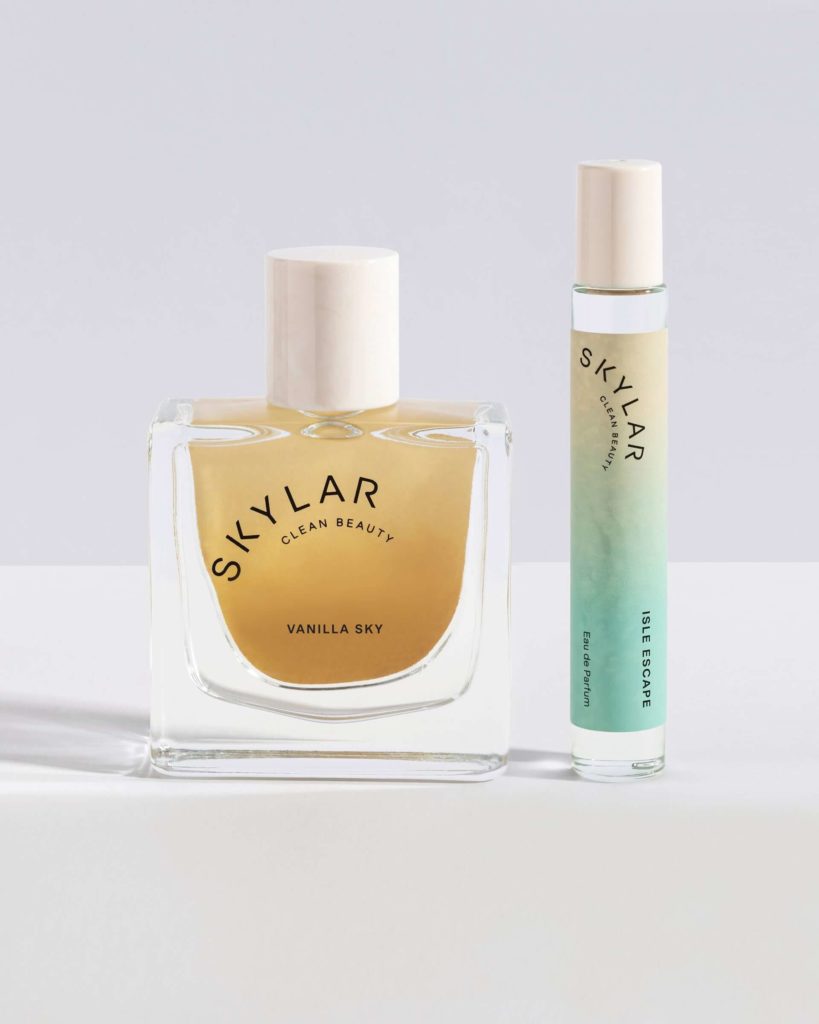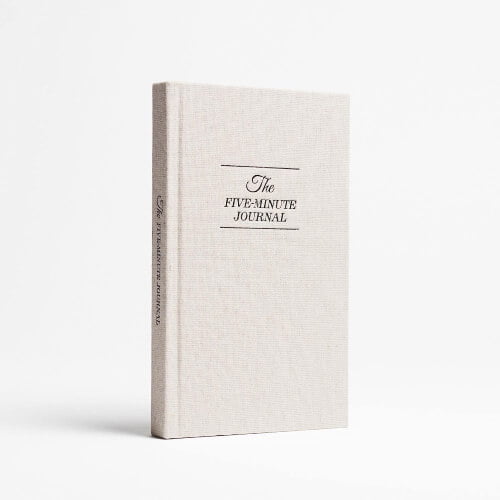Viatical settlements go back farther than you might originally assume — they’ve actually been around since 1911. Since then, viatical settlements have become a great option for people to use as if they need extra funds to cover expenses towards the end of their life. Though the process of these settlements feels confusing at times, it’s more simple than it seems. If you’re wondering if a viatical settlement is a right option for you or your loved ones, continue reading to learn more about their history and what to expect throughout the process.
What is a viatical settlement?

A viatical settlement is common for those who have a terminal illness or those that have a poor life expectancy. Simply put, it’s a way to sell your life insurance policy to a third party for cash. The point of this is so that the policyholder, or the one who’s terminally ill, can get money to pay for funeral expenses and whatever medical expenses that may have accumulated. When you sell this life insurance, you receive a lump-sum cash payout. It’s important to note that this payout amount is always less than the full death benefit but more than the surrender value. Your third party will receive the death benefit payout when you pass. If you’re not able to get a viatical settlement, then you’re probably still paying for your life insurance on a monthly basis. Be sure to check that you’re getting the best deal on your life insurance company so that you can save yourself as much money as possible. In addition, if you are opting for a viatical settlement broker, make sure you investigate your third party choices to get the best policy.
When did this originate?

The history of the viatical settlement goes all the way back to 1911, even though the surge for this form of settlement peaked in the 1980s. It all started with the Supreme Court Decision in the case of Grigsby v. Russell. This Supreme Court case lays out the legal implications for viatical settlements. Basically, the Court’s decision puts life insurance policies in the hands of the owners, making them a viable asset that can be sold by the owner to third parties. Viatical settlements took off much more wildly during the 1980s because of the AIDS epidemic. This was a great option for those with low life expectancies, so they’d commonly sell their life insurance policies for more than the amount they’d receive to surrender and instead, get an immediate payout by selling it to a broker. The payout allowed an ill person to cover everything from medical expenses or medical exams to rent and food, so having that lump sum of money was and is a huge boon to those with low life expectancy.
How does a viatical settlement work?

Now that you know more about the history of viatical settlements, you might be wondering more about the process. To qualify for a viatical settlement, you have to meet the eligibility designated by the specific brokers. These third-party brokers might want proof of medical records to show your life expectancy. Once you’re approved, you’ll sell your current life insurance policy to this investor or viatical settlement company. Then, the viatical settlement company like American Life Fund pays off your monthly life insurance policy until the end of the policyholder’s life. Once the policyholder passes, the company will collect the policyholder’s net death benefit.
Though this seems quite morbid, it’s actually an incredible asset to turn to. If you need the funds and cash value immediately, but you don’t want to settle on the cash surrender value, it’s a way to get more money than originally offered. In turn, ill people can use this money to pay for medical bills, funeral expenses, and other costs that acquire with the end of life expenses. This way, you can keep your loved ones out of any financial troubles after death. Overall, a viatical settlement is in your best interest to have peace of mind that all of your expenses are squared away.

















